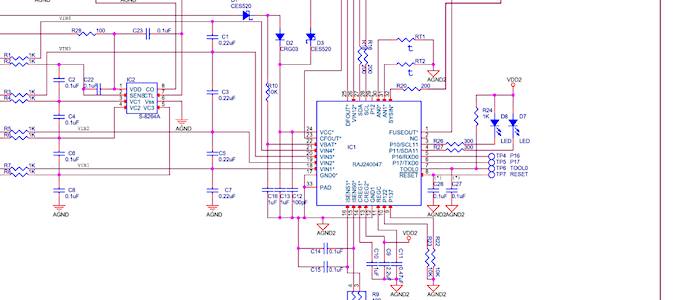I am looking for help/guidance on building a USB Power Bank project that has the ability to recharge off commonly found household batteries, car batteries, USB-C, etc. My goal is basically to have a device usable for camping, or even a natural disaster that can take a new or partially drained AA, AAA, C, D, 9V, CR123, 12V car battery etc and recharge a Lithium battery bank which can then be used to recharge a phone, or power other devices. I'd prefer if it also had variable output for 5V / 12V.
Can anyone point me in the right direction on some reason build this, or is something like this already available?
Can anyone point me in the right direction on some reason build this, or is something like this already available?


